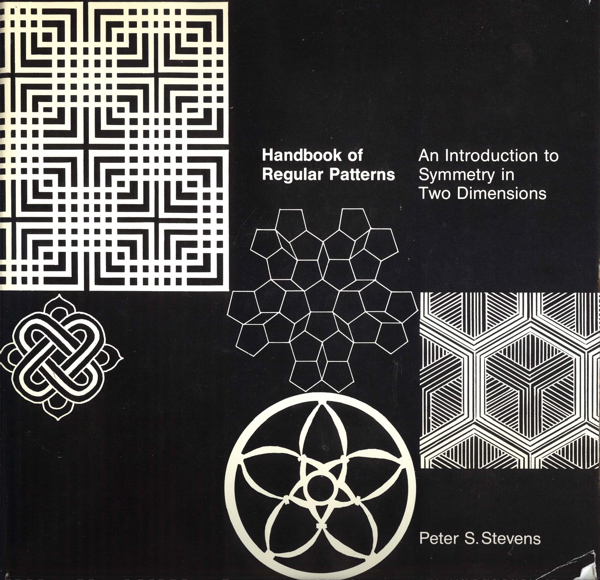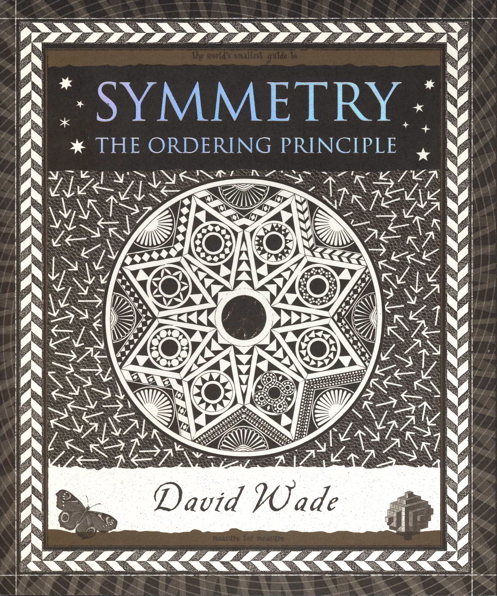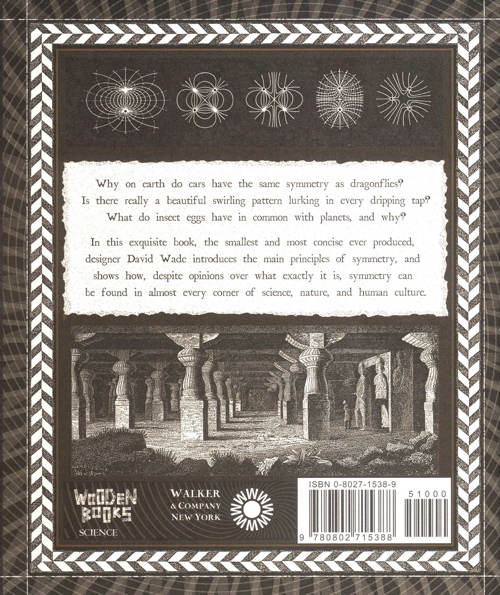Thursday April 12, 2007 7:20 am Lethbridge Sunrise 6:46 Sunset 20:18 Hours of daylight: 13:32
A. Morning Musings
7:20 am It is -7 C at the moment with a high of +9 C forecast. The sky is clear and there is a heavy frost on the buildings at this hour.
Here are the news.
CBC Headline: Canadian Forces Expected To Renew Aging Fleet Of Tanks
An announcement is espected today that Canada will purchase some newer leopard tanks from NATO allies to replace those it is presently using in Afghanistan that are 30 years old. The short term idea will be lease 20 new tanks from Germany while waiting for delivery of others from the Netherlands. I think it is unconscionable that our soldiers are expected to use 30 year old equipment in a war zone.
Canadian Headline: see above
Australian Headline: (from The Australian): Qantas Set To Be Sold After Bidder Lowers Conditions
A Maquarie-bank let private consortium is set to take over running the government airline. I am not sure of the implications, but this appears to be a basic business decision.
My weight is steady at 185. Good.
|
|
From rear window |
South patio |
Both images taken at 11:30 am |
B. Plan
| Immediate |
|
|
| Mathematics |
Begin reading "Algebra: Abstract and Concrete" by Frederick Goodman |
2 hr |
| Deck |
Read books on deck designs |
1 hr |
| Model Trains |
Continue assembly of coaling tower |
1 hr |
| Literature |
Read & make notes for book 3 of "The Brothers Karamazov" by Fyodor Dostoevsky |
2 hr |
| Later |
|
|
| Technology |
Convert LPs to MP3 format |
|
| |
Make notes for chap. 4 of "Switching to the Mac" |
|
| |
Burn backup of images onto DVD |
|
| Mathematics |
Read & make notes on The Humongous Book of Calculus Problems |
|
| |
Read "Symmetry" by David Wade |
|
| |
Make notes for "Mathematics: A Human Endeavor" ch 1 |
|
| |
Read "Fearless Symmetry" chap 9: Elliptic Curves |
|
| Model Trains |
Add ground cover to oil refinery diorama |
|
| |
Follow tutorial for version 8 of 3rd PlanIt |
|
| |
Purchase DCC system |
|
| Birds |
Create notebook pages birding in Mexico |
|
| History |
Begin reading "Maya" |
|
| |
Read Watson "Ideas" |
|
| Philosophy |
Read & make notes for "Breaking the Spell" |
|
| |
Begin reading "How Are We To Live?" by Peter Singer |
|
| Literature |
New York Times easy crossword puzzles |
|
| GO |
Complete reading "Lessons in the Fundamentals of Go" |
|
| Puzzles |
The Orange Puzzle Cube: puzzle #10 |
|
| Major Goals |
|
|
| Learning |
Review week's pages each Sunday |
|
| |
Review all pages for the month at the end of each month |
|
| Technology |
Review & edit iPhoto files for 2006 |
|
| Model Trains |
Become proficient with 3rd PlanIt software |
|
| |
Install DCC on model train layout |
|
| GO |
Learn to play GO at something better than a beginner level |
|
| Drawing |
Learn to draw!! (I keep saying this, yet I have yet to put a pencil to paper). |
|
| Mathematics |
Continue to play with mathematics. |
|
| Literature |
Continue to read Literature |
|
| Bird Watching |
Continue to engage in bird watching activities. |
|
C. Actual/Note
9:30 am Coffee at TUMs was great, as usual. The sky is a bright blue and the snow is beginning to melt. A good day for walking.
|
|
|
Mathematics Chronology |
9:30 am I continue to struggle with my mathematics Learning. I am beginning to suspect that it is a form of avoidance. In my mind I have two distinct topics: calculus and abstract algebra. This latter topic is largely about group theory and symmetry. The calculus appears to be in hand. I have a good idea of the basic prerequisite of function and have a sense that the idea of limit is closely tied to the idea of number. At the same time, I am beginning to review some basic skills having to do with the manipulation of symbols. But I am struggling with the algebra. I am going to try looking at the online book by Goodman, which appears to be a good introduction using symmetry as the underlying theme.
In order to address the avoidance issue, I am going to make Mathematics my morning priority. I will try to reserve 2 hours most mornings for some maths, perhaps alternating betweeen calculus and algebra. I am not sure if I want the alternation to occur on the same day or on alternate days. I will begin with algebra this morning and see how I feel after an hour. |
Algebra: Abstract and Concrete. Edition 2.5 (online) Frederick Goodman
Chapter 1. Algebraic Themes
There are 12 sections to this chapter. The main themes appear to be symmetry (first four sections), permutations, divisibility, integers, group, rings, and fields.
1.1 What is Symmetry?
I love the opening note to the reader where Goodman shows the similarities between being a mathematician and a fly fisherman.
I also like his clear statement on the goals of the course. There are two. |
"The purpose of this course is to introduce you to the practice of mathematics; to help you learn to think things through for yourself; to teach you to see 'something noticeable which makes you see something you weren't noticing which makes you see something that isn't even visible.' And then to explain accurately what you have understood.
Not incidently, the course aims to show you some algebraic and geometric ideas that are interesting and worth thinking about." [p. xii]
Goodman goes on to say, "You must have patience, or learn patience, and you must have time." [p. xii]. I definitely have time, at least I should if I don't keep avoiding the topic. And I like to think that I have patience. To continue ... |
"We have to try to understand the integers, the rational numbers, polynomials, matrices, and so forth ..." [p. 1]
This is great. The comment is very similar to that of Spivak in his opening chapter on calculus where he notes that calculus turns out to be fundamentally about the nature of number. |
The first idea that Goodman presents is Symmetry.
Goodman suggests that the reader take some time to think about symmetry. Make a list of some symmetric objects and think about their properties.
Okay. But I just happen to have a book by David Wade (2006) which is packed with examples. |
What do I see?
The first obvious fact is the sheer number of images and examples! Symmetry is a very rich and complex topic.
The next thing I notice is that there are two basic types of example: some images are drawn and others are taken from nature.
How can one create order from all of this diversity? Wade quickly moves from two-dimensional examples to three-dimensional objects. He also moves from simple examples of translational symmetries to rotations and reflections. He also gives examples of self-similarity, radial symmetries, spherical symmetries, stacking and packing problems, left- and right-handedness, waves, spirals, helices, Fibonacci series, fractals, Penrose tilings and self-organizing systems.
I am reminded of George Polya's edict for problem solving: think of a simpler problem, or in common parlance, walk before you run. But it is nice to see that the goal is to have a better understanding and appreciation of a very rich and complex topic. That is what makes this all worth while.
I also have another book that I bought over 20 years ago, and which I have just pulled down from the bookshelf behind me. It is called "Handbook of Regular Patterns" (1980) by Peter Stevens. I have always valued this book, but have never sat down with it and tried to understand it at a deep, satisfying level. |

This fairly thick book is only about symmetry in two dimensions!
For the moment I will put this aside and continue reading the Goodman book. |
Goodman also begins with a very simple example, a rectangular sheet of blank paper and asks one to consider how many ways can one move the paper and still leave it looking the same. He then defines symmetry as follows:
Definition: A symmetry is an undetectable motion. An object is symmetric if it has symmetries.
Exercises 1.1
1.1.1 Catalog all the symmetries of a (nonsquare) rectangular card. Get a card and look at it. Turn it about. Mark its parts as you need. Write out your observations and conclusions.
Holding the card horizontally, I can rotate it 180 degrees (either clockwise or counterclockwise) and leave the card looking the same. I can also flip the card over (i.e. rotate it 180 degrees, clockwise or counterclockwise) through either of the two axes that bisect the card. Basically, that is it. There are three operations that leave the card unchanged. Therefore a rectangular card has 3 symmetries.
1.1.2 Do the same for a square card.
The three operations for a rectangular card still apply for a square card. In addition, holding the card horizontally I can rotate it 90, 180, 270 and 360 degrees and leave the card looking the same. The rotation of 360 degrees is interesting. It has the same effect as not rotating it at all. This raises the question of whether it should be counted. I can also flip the card over through either of the two axes that bisect the card (just as I could for a rectangular card). In addition I can flip the card through either of the two diagonals. Not counting the cases where the card is left in the same position, I have a total of 3 + 4 = 7 distinct symmetries.
1.1.3 Do the same for a brick (i.e. a rectangular solid with three unequal edges). Are the symmetries the same as those of a rectangular card?
I will use a book as an example of a brick. Clearly, to me, i can still perform all of the operations that I could for a rectangular card. But in addition I can also flip the brick both sidewise and lengthwise through an axis that bisects the horizontal plane of the book. The brick has 5 distinct symmetries.
|
While time consuming (about 30 minutes) this has been worthwhile. I now have a much better physical sense of the various symmetries of three very basic objects. It is easy to skip such exercises, but I trust Goodman, that such activities are crucial to the overall deep understanding of the topic. There are no shortcuts.
One must experience the concept with the body as well as with the mind. |
1.2 Symmetries of the Rectangle and the Square
Goodman points out that one could also include the motion of "no motion" (i.e. leaving the card unchanged). He claims that while this is an arbitrary choice, there are good mathematical reasons for including it.
I assume these good reasons have something to do with the idea of zero (i.e. do nothing). |
Goodman also points out that one might consider the notion that there are an infinite number of symmetries as one could continue endlessly rotating the object by multiples of the original symmetry.
I had not thought of that! But I agree that it makes sense to exclude them and focus on just those symmetries that uniquely move the object. |
Goodman then adds that he is excluding potential reflection symmetries for the moment.
I had not thought of these either. |
- "Here is an essential observation: If I leave the room and you perform two undetectable motions one after the other, I will not be able to detect the result. The result of two symmetries one after the other is also a symmetry." [p. 4]
Of course. But I had not realised this until Goodman mentioned it. It helps to have a good teacher, particularly at the early stages. |
11:20 am I have been creating these notes for almost two hours and feel like a break. The two hours simply flew by! I am looking forward to another session tomorrow. The idea of setting aside time in the morning for this activity appears to be a good one. |
|
11:30 am Here are two more photos showing the beginning of the spring activity of the May tree in our backyard. The snow is melting.
6:30 PM I took a good 2-hour walk into the coulee this afternoon. That should help bring my weight down a pound or so. I am getting stubborn about this. It may be unrealistic but I would like to be at 180 by the end of the month.
|
|
Literature Notes |
I have begun reading the third Book, which contains 11 chapters, of "The Brothers Karamazov" |
| Part I Book Three: The Sensualists |
| Chap. 1 In the Servants' Quarters |
We learn more about Fyodor's trusty servant Grigory and his wife Marfa. Grigory is very serious but when he gives his word, he will honor it.
|
| Chap. 2 Stinking Lazaveta |
This is another background story. A few years ago there was a young woman, Lazaveta, who was simple minded but harmless. She became pregnant and died giving birth to a son on Fyodor's property. Grigory and Marfa raised the child, named him Pavel Smerdyakov, and he became a third servant in Fyodor's employ. There was a rumor that Fyodor was the actual father, but this was never proven.
|
| Chap. 3 The Confession of an Ardent Heart. In Verse. |
Alyosha is on his way to meet Katerina Ivanovna (the lady betrothed to Dmitri, but Dmitri is now going out with Grushinka) when he accidently meets Dmitri.
Dmitri is delighted to see Alyosha and is overjoyed that he can tell his brother about the last few years of his life. Dmitri has been drinking and is thus more emotional than normal, but he is sincere in his love for his brother and his desire to explain what is really going on.
|
| Chap. 4 The Confession of an Ardent Heart. In Anecdotes. |
Dmitri continues his description of how he first met Katerina. She had arrived in the town where he was stationed in order to visit her father, a colonel in the army. She immediately became the most sought after woman in town, but Dmitri pretends to ignore her. Then it turns out that the colonel has been embezzling funds from the army and is about to be caught. Dmitri offers to provide the money if Katerina will spend the night with him. Although she is very proud, she agrees in order to protect her father. But at the last moment Dmitri simply gives her the money and tells her to leave.
|
- "Whoever steps on the lowest step will surely step on the highest." [p. 109]
|
| Chap. 5 The Confession of an Ardent Heart. "Heels Up". |
Dmitre continues his story. In a very short time, Katerina's father dies and she moves to Moscow where she soon inherits a large sum of money. She repays Dmitri and sends a note saying she is madly in love with him and wants to be his fiance.
Dmitri then writes to Ivan telling him the whole story and explaining that he can't marry Katerina because he is so poor and she is a rich aristocrat and asks Ivan to court her. He agrees and falls in love with her. But Katerina still wants to marry Dmitri and she rejects Ivan.
Dmitri now wants Alyosha to go to Katerina and tell her that the marriage is impossible and that he will never see her again.
He began seeing Grushenka who is a very cunning and sly woman as a way of making himself repellent in Katerina's eyes. Grushenka managed to obtain a promissory note written by Dmitri and she now controls him unless he can pay her three thousand rubles immediately.
Dmitri then asks Alyosha to go to their father Fyodor and ask for the three thousand rubles, knowing that he will refuse. Dmitri is in total despair.
At the same time, and independent of all this, Fyodor has written to Grushenka offering her three thousand rubles if she is willing to be his wife. The only person that knows about this offer is the sevant Smerdyakov who is good friends with Dmitri.
|
SUMMARY of the session: Once again, I am glad I am making these notes. Keeping track of the plot is difficult at the best of times. Forcing myself to write it out helps me keep everything straight.
|
|
D. Reflection
8:40 PM I rarely write something at the end of the day but I want to capture this point. I made a note to myself last night that "counting hours is not important, but counting concepts is". Thus my Mathematics notes are important, as are my Literature notes, but keeping a tally of the number of hours spent on these activities is primarily been counting. They only serve as a minor feedback mechanism for pointing out when I am straying too far from my initial intentions. |







